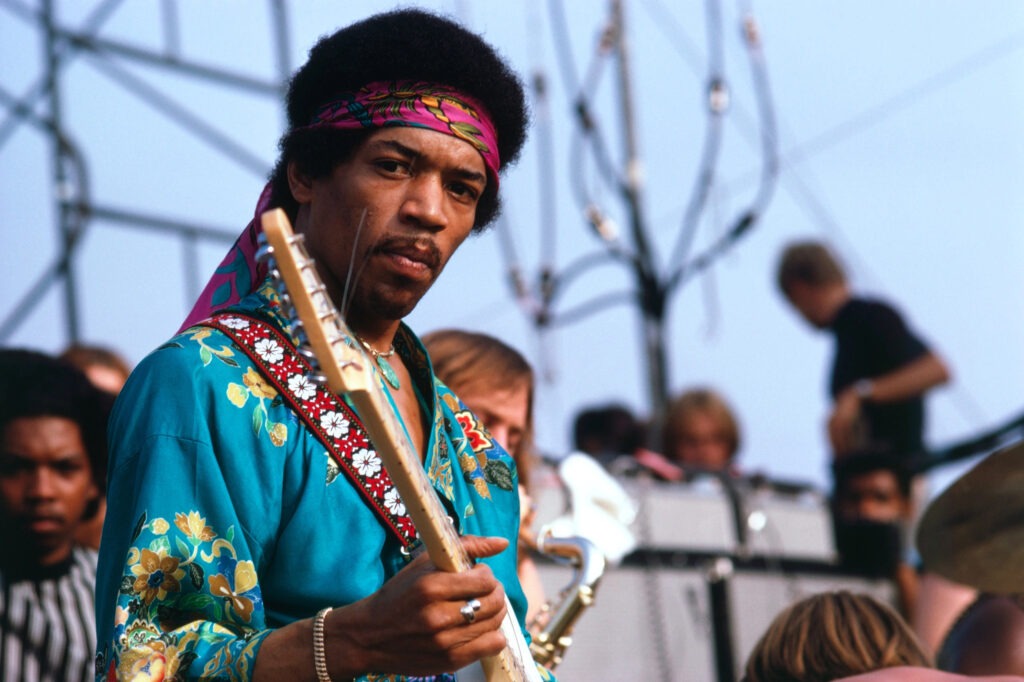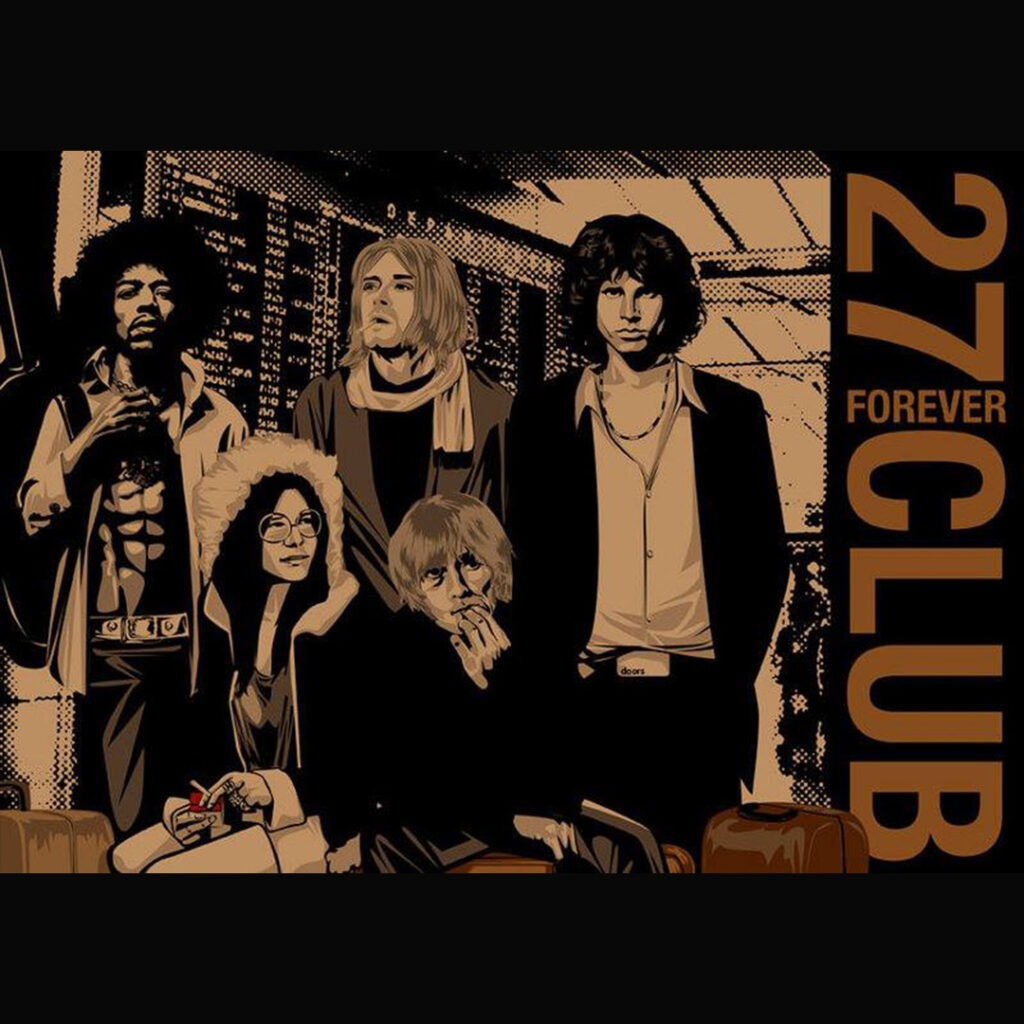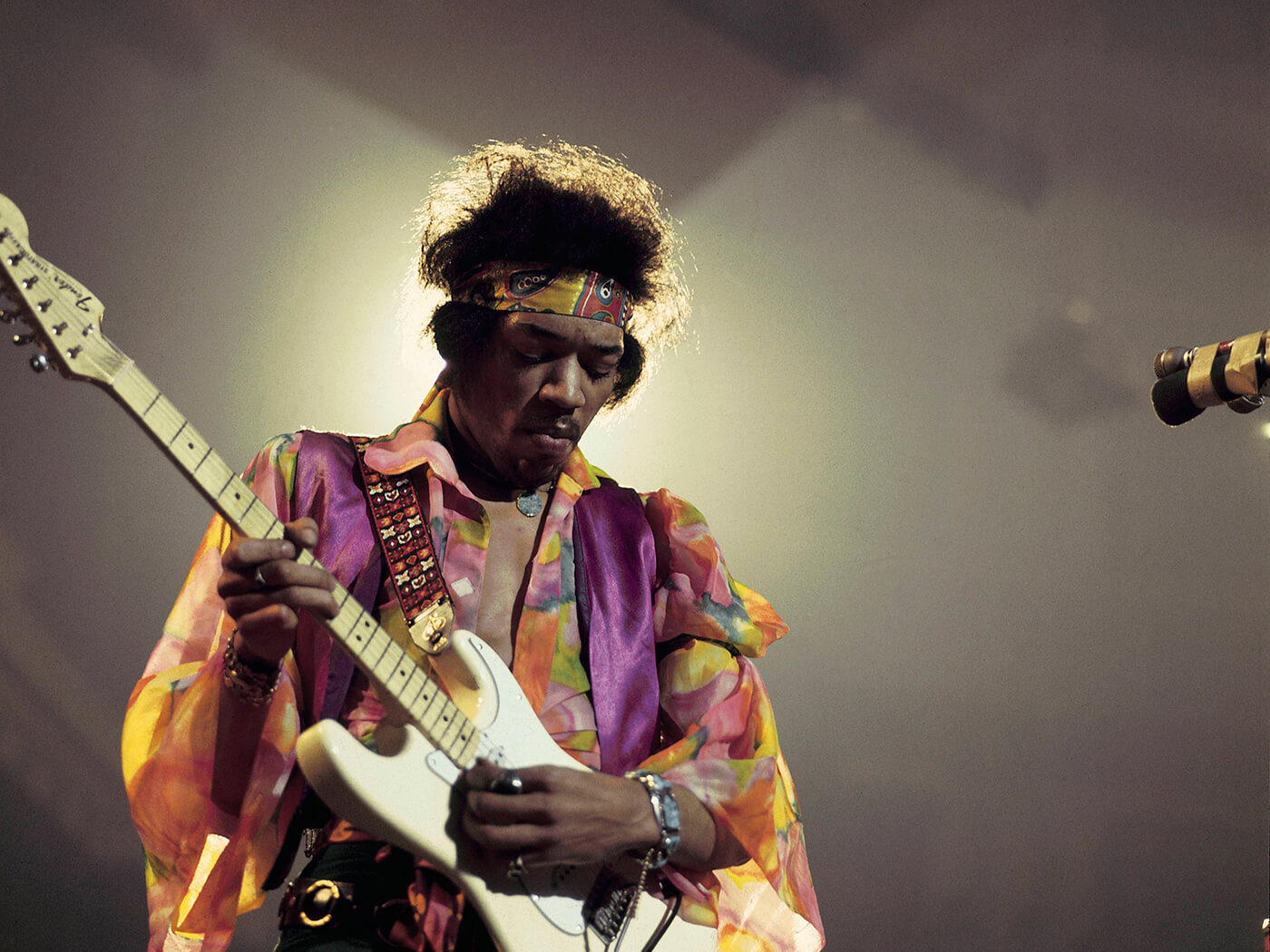Jimi Hendrix is widely regarded as one of the greatest guitarists of all time. His innovative style and virtuosic playing revolutionized the instrument and influenced generations of musicians to come. From his early days as a session musician to his explosive performances at Woodstock and beyond, Hendrix’s legacy as a guitar god remains untouchable.
Hendrix’s ability to meld blues, rock, and jazz into a cohesive, groundbreaking sound is what sets him apart as one of the greatest guitarists of all time. He incorporated feedback, distortion, and other effects into his playing to create a unique sound that has yet to be replicated. Hendrix was also known for his incredible improvisational skills, which allowed him to create spontaneous, mind-blowing solos on stage.
Some of Jimi Hendrix’s best-known hits include “Purple Haze,” “Hey Joe,” “Voodoo Child (Slight Return),” and “All Along the Watchtower.” Each of these songs showcases Hendrix’s incredible guitar skills, as well as his songwriting abilities. “Purple Haze,” for example, features a driving riff and an explosive solo, while “Hey Joe” is a bluesy ballad that showcases Hendrix’s soulful playing.
“Voodoo Child (Slight Return)” is perhaps Hendrix’s most famous song, and it’s easy to see why. The song features a hypnotic riff and a blistering solo that builds to a climax before resolving back into the riff. The song perfectly captures Hendrix’s ability to create tension and release through his playing, and it’s considered by many to be one of the greatest guitar solos of all time.
“All Along the Watchtower” is another Hendrix classic, and it’s a testament to his ability to interpret other people’s songs and make them his own. The song, originally written by Bob Dylan, was transformed by Hendrix’s signature playing style, and his version is now widely considered to be the definitive one.
In addition to his studio recordings, Jimi Hendrix’s live performances were legendary. His performance at the Woodstock festival in 1969 is still talked about today, and his rendition of “The Star-Spangled Banner” is considered by many to be one of the greatest guitar solos of all time.

Jimi Hendrix’s impact on music cannot be overstated. He inspired generations of guitarists to push the boundaries of what was possible on the instrument, and his music continues to be celebrated and studied to this day. From his explosive live performances to his timeless studio recordings, Hendrix remains a towering figure in the world of music, and his legacy will continue to inspire and influence for generations to come.
He was born Johnny Allen Hendrix on November 27, 1942, in Seattle, Washington. His father, Al Hendrix, was a factory worker and his mother, Lucille Jeter, was a teenager when she gave birth to him. Jimi’s childhood was marked by poverty and instability, and he often moved from place to place with his mother and siblings.
Despite the challenges he faced, Jimi showed an early aptitude for music. He began playing the guitar at the age of 15, and he quickly became a skilled player. He played in a number of local bands before moving to New York City in 1964 to pursue a career in music.
In New York, Jimi quickly made a name for himself as a session musician, playing with a number of well-known artists including Little Richard, the Isley Brothers, and Sam Cooke. However, it was his performance at the Monterey Pop Festival in 1967 that catapulted him to international fame.
Jimi’s music was characterized by his innovative use of the electric guitar, incorporating feedback, distortion, and other effects into his playing. He released three studio albums during his lifetime: “Are You Experienced” (1967), “Axis: Bold as Love” (1967), and “Electric Ladyland” (1968).
Tragically, Jimi’s life was cut short when he died on September 18, 1970, at the age of 27. He was found unconscious in his London hotel room, having choked on his own vomit after taking a combination of sleeping pills and alcohol. His death was officially ruled as accidental.

Jimi Hendrix’s connection to the so-called “Club 27” has made him a legendary figure in rock and roll lore. The Club 27 phenomenon refers to the idea that many famous musicians have died at the age of 27, including Brian Jones, Janis Joplin, Jim Morrison, and Kurt Cobain, among others.
While the deaths of these musicians are often attributed to the excesses of the rock and roll lifestyle, it is worth noting that there is no evidence to suggest that the number 27 is somehow cursed or significant in any way. Rather, it is simply a statistical anomaly that has captured the public’s imagination.
Regardless of the circumstances of his death, Jimi Hendrix’s influence on music cannot be overstated. He is remembered as a true original, a visionary artist who pushed the boundaries of what was possible with the electric guitar. His music continues to inspire and influence musicians to this day, and his legacy is one that will endure for generations to come.
